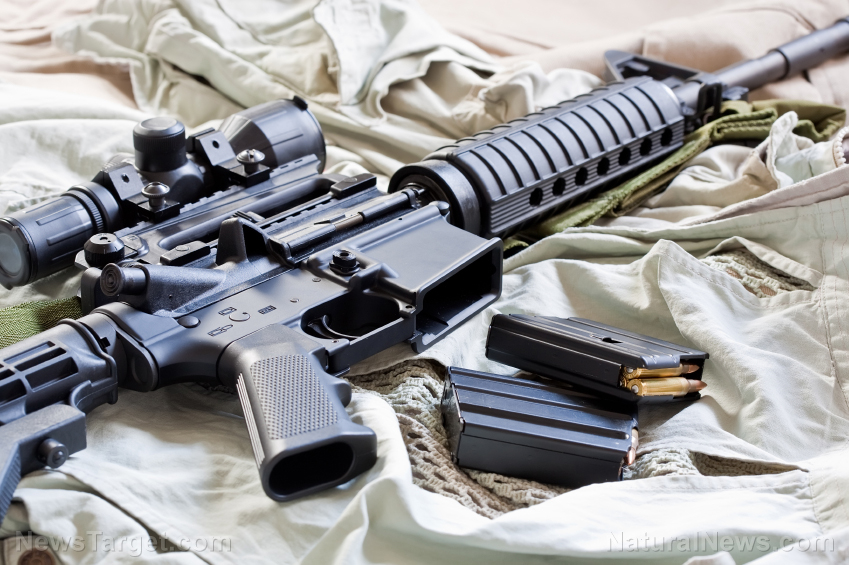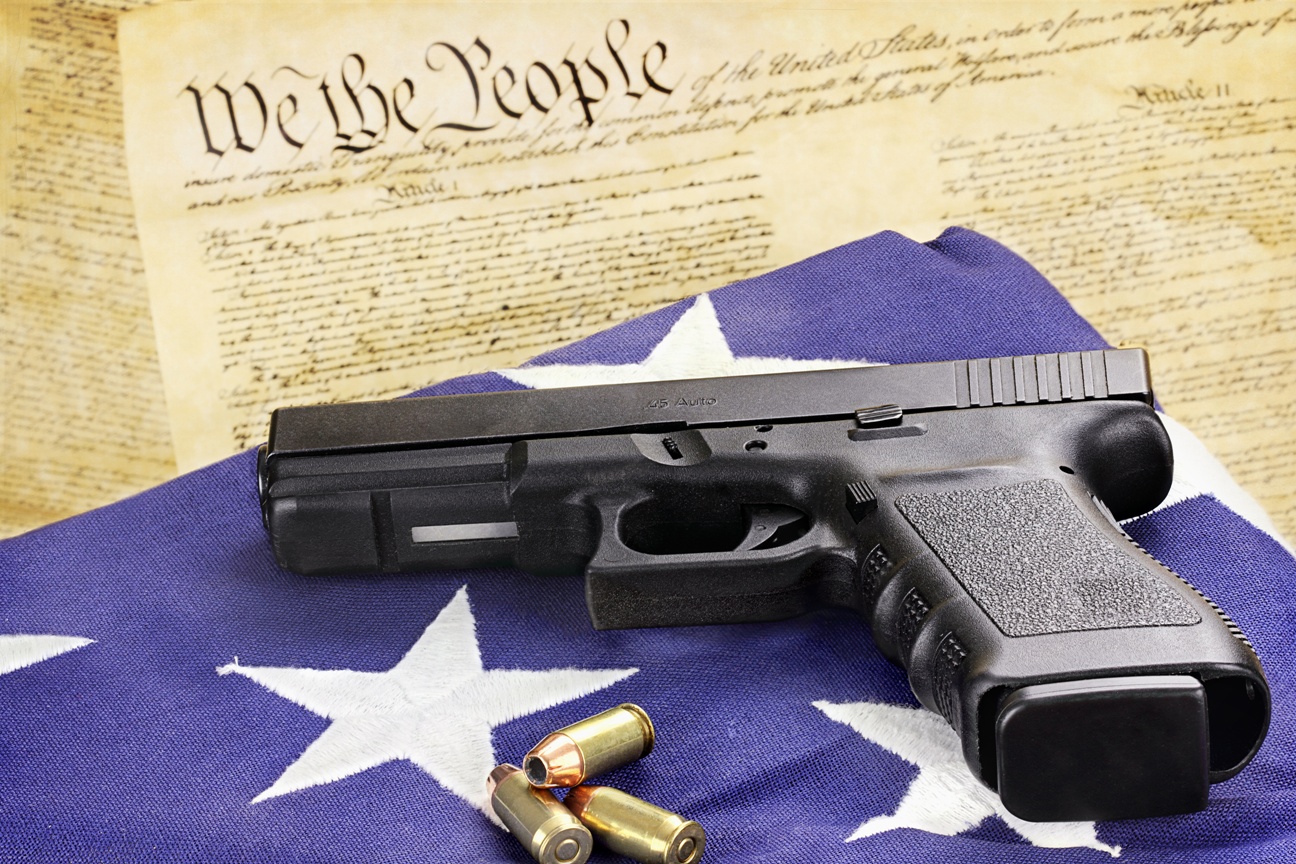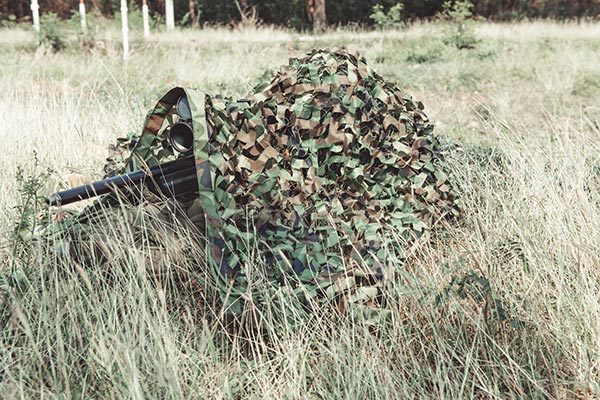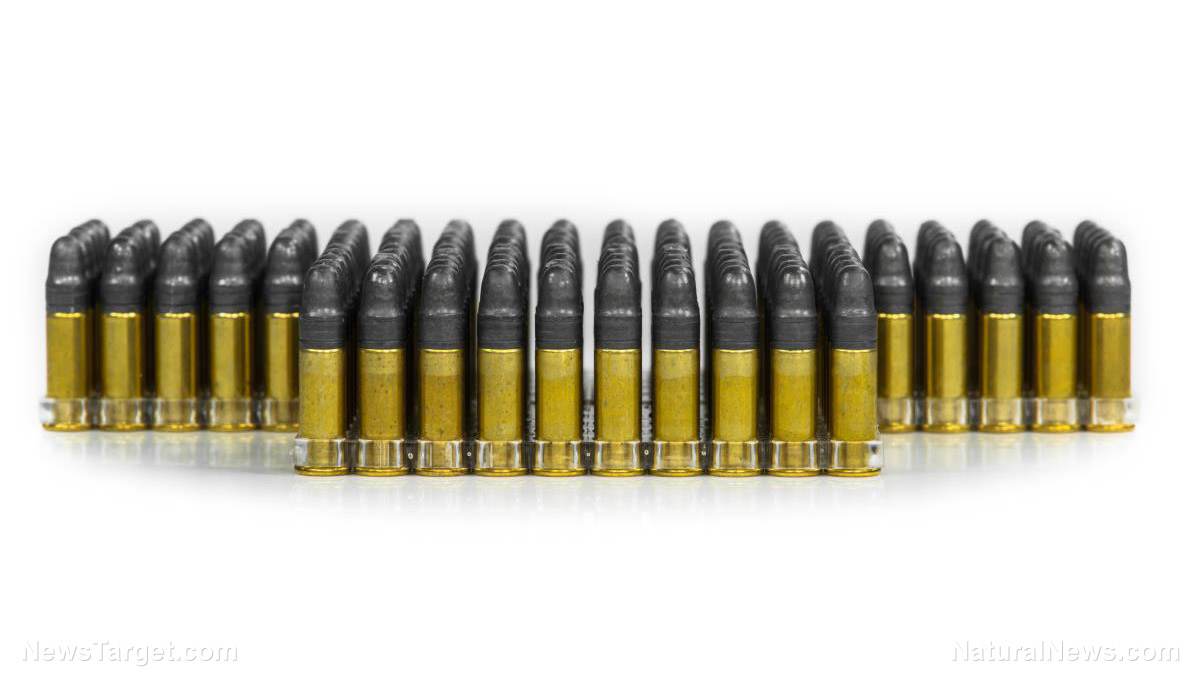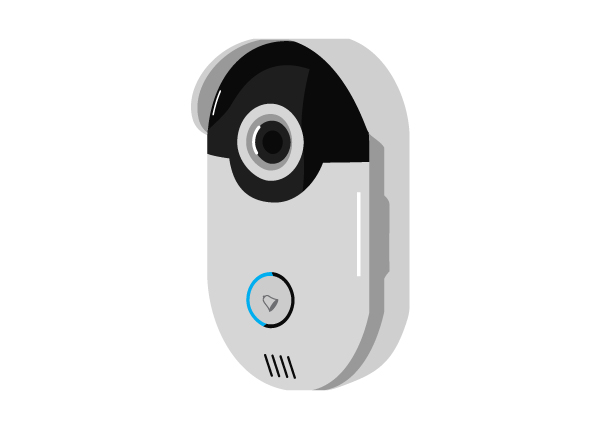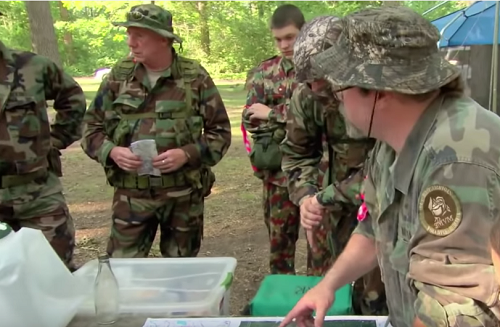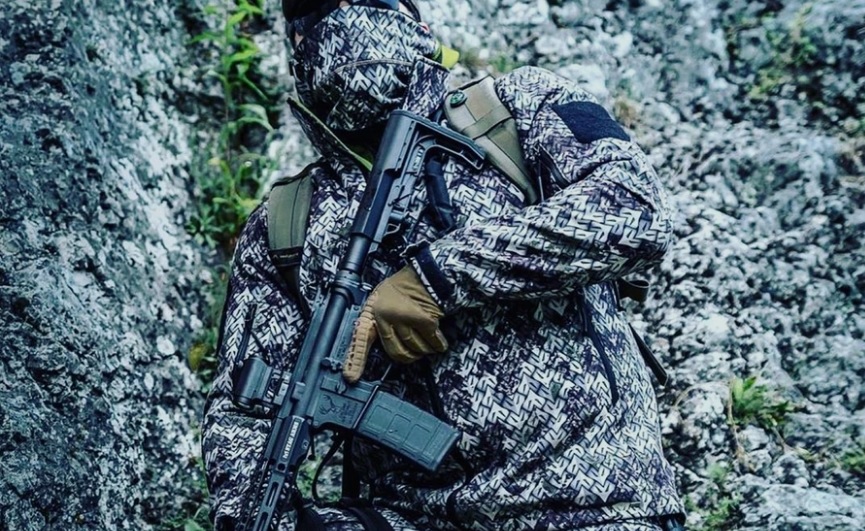Prepping tips and tricks: How to make DIY pepper spray
12/08/2019 / By Mary Miller
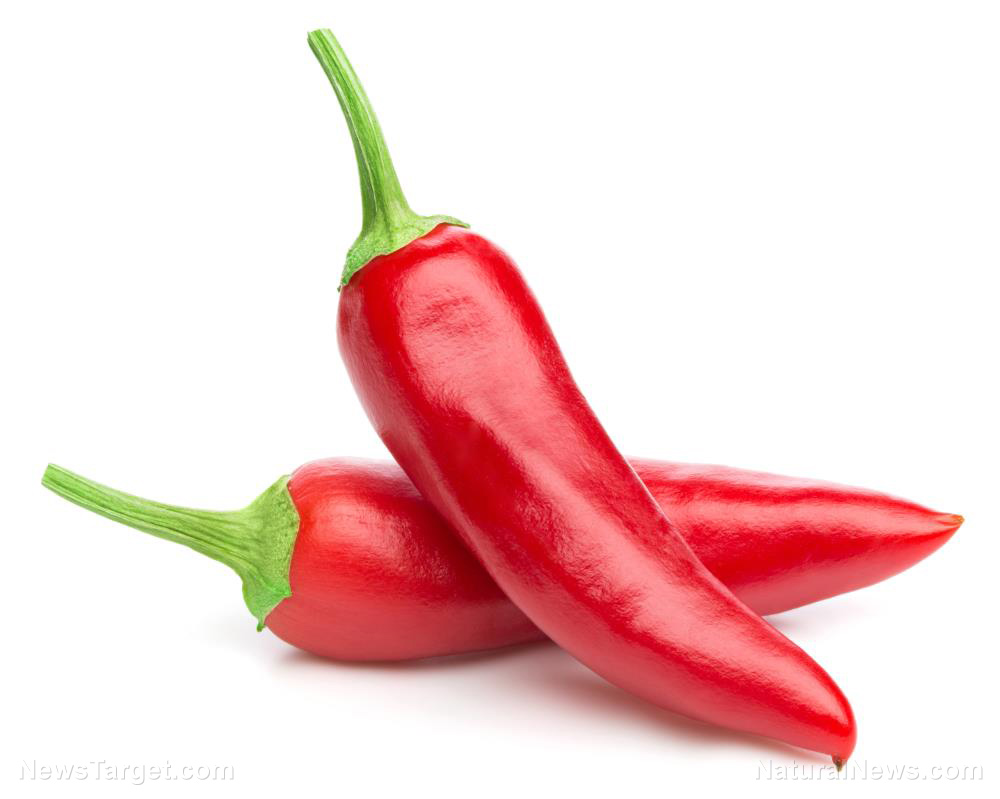
Oleoresin capsicum (OC) is an oily liquid extracted from hot peppers. When this substance makes contact with bare skin, it can cause a severe burning sensation that can incapacitate an attacker without resulting in any permanent tissue damage. Because of this, OC is used as an active ingredient in pepper spray, making it an excellent non-lethal self-defense weapon. While you can easily find pepper spray in most sporting goods stores, it might not be as accessible when SHTF. Knowing how to make your own DIY pepper spray can come in handy in a survival situation. Here is a simple guide to making homemade pepper spray from scratch. (h/t to ThePreppingGuide.com)
DIY pepper spray is relatively easy to make once you understand the basics. Its main ingredient is dried chili peppers. What gives these peppers their spicy flavor is a chemical compound known as capsaicin. When used in pepper spray, capsaicin is known to irritate the eyes, inducing pain, tears and even temporary blindness. If you want to maximize the potency of your homemade pepper spray, you need to choose your peppers carefully.
Based on the Scoville heat scale, different kinds of peppers can emit vastly different levels of heat. The average cayenne pepper can have anywhere from 30,000 to 50,000 Scoville Heat Units (SHUs), whereas the Carolina Reaper boasts a whopping 2,200,000 SHUs. Ideally, you should use peppers that have a minimum of 2,000,000 SHUs, but if this is not feasible, then you can go as low as 200,000 SHUs and still make a decently effective pepper spray. Some peppers that fall within this range include red Savina habanero peppers, ghost peppers and some bird’s eye chili peppers. (Related: Save money by growing peppers year round inside your house.)
How to make your own DIY pepper spray
Once you’ve chosen your peppers, you’ll still need a few more items before getting started. Be sure to fully protect your hands and face with the appropriate equipment to avoid breathing in the pepper spray or making unnecessary skin contact.
The black pepper is meant to induce a coughing effect and the other ingredients will intensify the sting of your pepper spray. You can use vinegar as your pepper spray’s delivery system. The mineral oil will also help the spray stick to clothing, fur and other surfaces.
Ingredients and items needed:
- 6-12 chili peppers (The more you use, the stronger your pepper spray will be.)
- 1 tbsp. of crushed black pepper
- 2 tbsp. of minced garlic
- 2 cups of vinegar
- 2 tbsp. of mineral oil
- Oven or dehydrator
- Safety goggles
- Latex or rubber gloves
- Face mask, a respirator or a bandanna soaked in lemon juice
- Knife
- Cutting board
- Food processor
- Sieve
- Cheesecloth
- Spray bottle
- Funnel
Procedure:
- While wearing gloves and adequate face protection, remove the stems of your chili peppers.
- Carefully slice your chili peppers into rings.
- Place your sliced peppers on a tray in your oven or dehydrator. Spread them out evenly.
- Bake your peppers at 125 F in an oven or dry them at 135 F in a dehydrator.
- Rotate the chili peppers once every hour for the next five to 10 hours. Your baking time will depend on the amount and size of your peppers.
- Once your chili peppers are fully baked, remove them from the oven or dehydrator.
- Use a food processor to mince the chili peppers thoroughly.
- Add the other ingredients and process everything completely.
- Once the mixture is thoroughly combined, pour it through a sieve to strain out the larger pieces.
- Once strained, allow your mixture to cool by leaving it in your refrigerator for 24 to 48 hours.
- Insert your funnel into the opening of a spray bottle.
- Secure a cheesecloth across the base of the funnel mouth.
- Pour the mixture into the spray bottle and use the cheesecloth to filter out any excess chunks.
- Place the cover on your spray bottle, and you’re ready to go.
Your pepper spray will last for around two to three months as long as it is stored in a cool area. In a survival situation, you can then use your DIY pepper spray to protect yourself from unwanted attackers.
Sources include:
Tagged Under: bug out, bug out bag, capsaicin, chili peppers, DIY, DIY pepper spray, emergencies, how-to, off grid, oleoresin capsicum, outdoors, Pepper Spray, preparedness, Preppers, prepping, prepping tips, Scoville Heat Units, self-defense, SHTF, SHUs, survival, survival gear, survivalist
RECENT NEWS & ARTICLES
COPYRIGHT © 2018 SELFDEFENSE.NEWS
All content posted on this site is protected under Free Speech. SelfDefense.news is not responsible for content written by contributing authors. The information on this site is provided for educational and entertainment purposes only. It is not intended as a substitute for professional advice of any kind. SelfDefense.news assumes no responsibility for the use or misuse of this material. All trademarks, registered trademarks and service marks mentioned on this site are the property of their respective owners.



